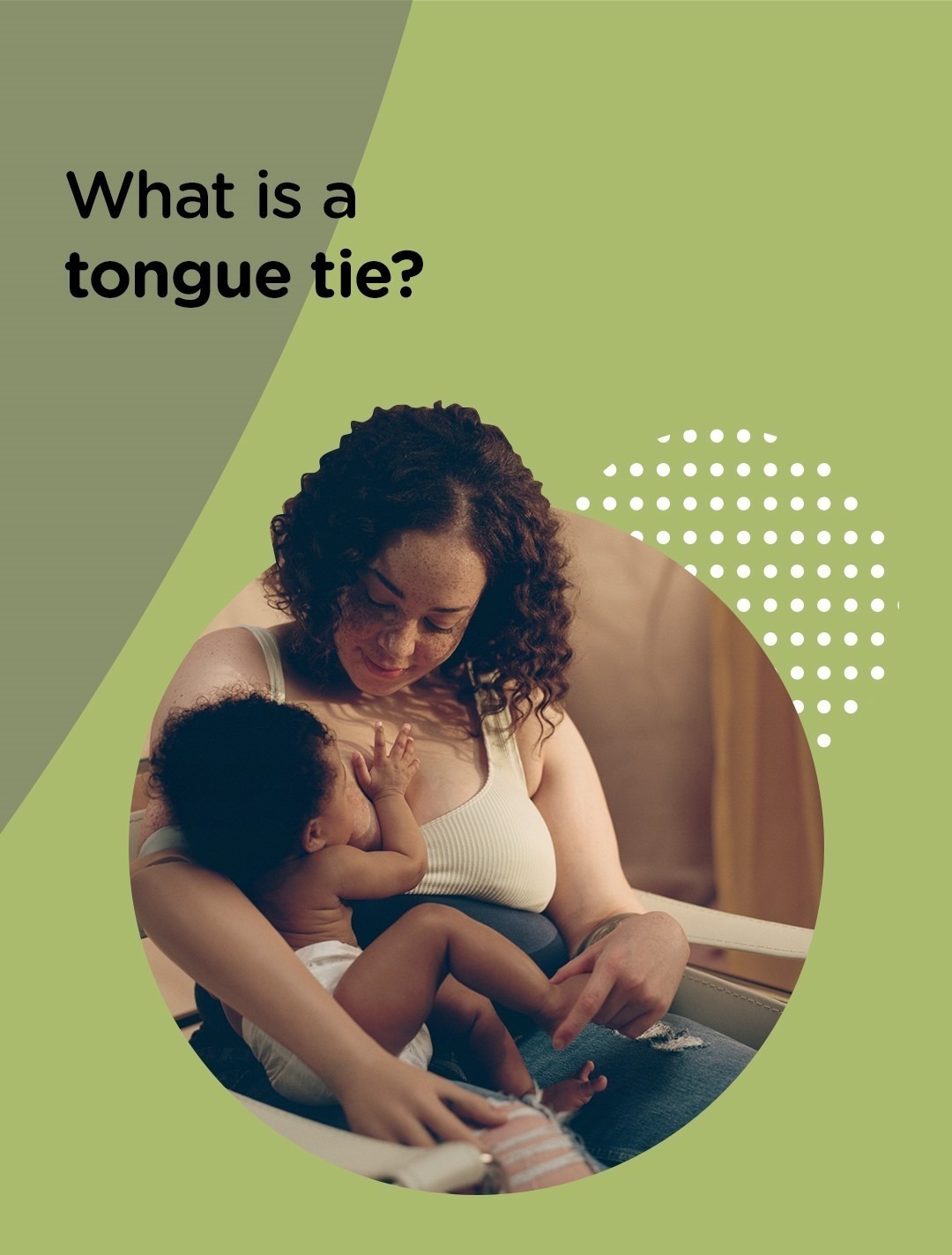Hand expression of colostrum means you have some nutrient-rich milk ready to give to your baby when they’re born. It’s a great step for anyone who is pregnant and can help you feel more prepared for breastfeeding.
What is colostrum?
Colostrum is the first breast milk your body makes in the later stages of pregnancy. It’s thick and sticky in consistency, and usually yellow, clear, or milky-coloured. It’s high in calories, full of antibodies and packed with stem cells.
Why is colostrum important?
This supports your baby’s immune system and development and can help you establish a good breastfeeding routine from birth and beyond.
Colostrum is highly concentrated and produced in small amounts. Even just a small portion of your colostrum will be beneficial nutritionally for your baby, as their stomach is only the size of a marble when they’re born.
Who needs to collect colostrum?
Collecting colostrum is a great thing for any pregnant person to do, but it’s particularly recommended if you:
- Are diabetic or have developed diabetes during pregnancy.
- Take beta blockers.
- Have developed pre-eclampsia during pregnancy.
- Have breast hypoplasia or have had breast surgery.
- Have polycystic ovary syndrome.
- Have a raised BMI.
- Are expecting twins.
- Are planning a caesarean section delivery.
It can also help if your baby’s likely to experience issues with their blood sugar levels or may struggle to feed after birth because they:
- Are larger or smaller in size than expected for their gestational age.
- Are a multiple.
- Have a cleft lip palate or lip.
- Have Down’s syndrome.
- Have a heart condition.
Reasons you may be advised not to collect colostrum
You may be told to avoid collecting your colostrum if you:
- Have had a premature labour previously.
- Experienced contractions, vaginal bleeding, and/or premature breaking of your water during your pregnancy
- Needed cervical stitches.
How to collect colostrum?
You can collect colostrum by hand when you’re pregnant. You should only use your hands for expressing during pregnancy. It’s recommended that you don’t use a breast pump to express breast milk until after your baby has been born.
Before you begin to hand express and collect colostrum, be sure to speak to your midwife or a healthcare professional first. They can help make sure it’s right for you and your baby and can answer any questions you have.
Over time, you can increase the amount of time you spend expressing until you’re spending between five to 10 minutes a time gently expressing, up to five times a day. You can then express as regularly as needed in the first few days after your baby arrives.
A step-by-step guide on how to express colostrum
Before you start expressing, you should make sure your hands are clean, and you’ll need sterilised oral syringes and a larger sterilised container. To collect your colostrum, follow these simple steps…
- First things first, get comfy. Warmth can help, so try massaging your boobs with a warm flannel or expressing in the bath or shower.
- Then, firmly but slowly massage your breast from the top down towards your nipple.
- After a few minutes of massaging, cup one of your breasts with your hand. Place four fingers under your breast and the thumb on top to make a ‘C’ shape around the nipple.
- Use your thumb and index finger to stroke and squeeze your breast around the nipple to express the colostrum. Do this gently and don’t carry on if it’s painful.
- Once you can see colostrum gathering drop by drop at the end of your nipple, collect it using a sterilised syringe. If needed, you can decant it into a larger sterile container.
- When the flow of colostrum slows down, move your hand around and express from a different section of your breast.
- Then repeat on your other breast.
How much colostrum should I express?
How much colostrum you collect in an expressing session can vary from just a few drops to a teaspoon full. Don’t compare yourself to others and remember that every drop counts!
It’s important to note that colostrum harvesting triggers a rise in oxytocin (the hormone that produces contractions in labour). On rare occasions, it can also stimulate Braxton Hicks contractions. Don’t worry though, it’s very unlikely that collecting your colostrum will trigger labour.
If you experience mild labour contractions or cramps that feel like period pain, it’s recommended that you stop collecting colostrum. Take some time to rest before trying again. If contractions continue while you’re collecting colostrum, you should seek medical advice and wait until you’re closer to your due date before you start again.
How to store colostrum
Once collected, your colostrum syringes can be dated, labelled, and stored in your freezer, ready to give to your baby once they arrive.
You can store your expressed colostrum syringes at the back of the fridge between 2°C and 4°C for up to 24 hours before you freeze it. It will last for up to 24 hours if kept in a cool bag with ice packs – when you’re transporting to hospital, for example.
When you label your syringes, be sure to include:
- Your name.
- The date and time the colostrum was expressed.
How to take your colostrum into hospital
To bring your expressed colostrum into the hospital when you have your baby, you’ll need:
- Re-sealable bags.
- A small cool bag.
- A bag of crushed ice or some ice blocks.
When you’re going to the hospital to give birth, you can place some of your frozen colostrum syringes in a re-sealable bag and put it inside a cool bag between a bag of crushed ice or some ice blocks.
Tell your midwife that you have colostrum with you when you arrive at the hospital. They will label it and store it in the fridge or freezer at the hospital for you.
Feeding your baby colostrum
Some newborn babies struggle to breastfeed at first, and others are unable to maintain their blood sugar levels. In these situations, your expressed colostrum is the perfect first food for your baby.
Before you feed your baby, the syringe needs to be brought to room temperature. To do this, you can place the bag with the syringe fully into warm water. Your midwife will demonstrate how to use a small cup or syringe to feed it to your baby.
Having a small feed with colostrum helps give your newborn a boost in energy and blood sugar levels. It can also help to encourage them to breastfeed.
Collecting colostrum: Parent stories
Hannah told us that “during the last few weeks of pregnancy, [she] was diligent in expressing colostrum ready for [her] boys planned arrival at 37 weeks.”
And Natasha said that she only “started having more knowledge of terminology like latching, colostrum and all the feeding terms, when [she] had [her] second child”.
How to collect colostrum FAQs
-
WHAT IS THE EASIEST WAY TO COLLECT COLOSTRUM?
Expressing by hand is the simplest and safest way to collect colostrum.
-
WHEN SHOULD I START COLLECTING COLOSTRUM?
It’s possible to collect colostrum by hand from 36 weeks of pregnancy and you can express it up to three times daily. If you’re expecting twins, you can start colostrum collection from 32 weeks of pregnancy.
-
HOW DO I COLLECT COLOSTRUM WITH A SYRINGE?
Follow these simple steps to collect colostrum with a syringe:
- Thoroughly clean your hands first.
- Gently massage your breast to stimulate milk flow and express a few drops of colostrum.
- Sterilise the syringe and remove its plunger.
- Place the syringe at the base of your nipple and slowly pull back on the plunger to collect the colostrum.
- Label the syringe with the date and time of collection before storing it in the fridge or freezer.


